How Does Sublimation Printing Machine Work [Guide 2025]
Sublimation printing is now a modern method for creating highly colorful and detailed designs on a variety of materials. It is a permanent printing method that uses heat to apply colored ink onto the substrate.
For those who would love to print mugs, t-shirts, phone cases as well as architectural panels, a sublimation printing machine could be the best option for them. However, knowing what these machines are and how they work is important before you start a printing business.
If you’re unfamiliar with this printing machine and how it works, read on! Theprinterexpert.com will cover everything about sublimation printers— so you can make the best decision before buying a new device.
Today I am going to take you deep into the sublimation printing machine, and how it works, asking yourself which type and features you need to look up before you finally buy one.
Table of Contents
What is a Sublimation Printing Machine?
A sublimation printing machine is the main player of the sublimation printing game. It uses heat and pressure to evaporate the ink and then solidify it onto the fabric without melting — like dry ice.
Sublimation printing ensures the ink transfer is full-colored and flawless. These printing machines come in various shapes and sizes, but all share common features.
Key Components of Sublimation Printer Machine
While a sublimation printing machine isn’t a single unit, it consists of two main parts working together to achieve the sublimation process:
- Sublimation Printer: A specialized inkjet printer that transforms sublimation inks from solid to gas when heated.
- Sublimation Inks: Dye-based inks are designed to convert from solid to gas when heated.
- Heat Press: A flat heated press that applies high pressure and temperature to the sublimation paper placed on your chosen blank item (like a t-shirt or mug).
- Sublimation Paper: Specially coated paper holds the sublimation inks and releases them when heated.
How Does it Work?
Sublimation printing machines operate on a simple yet ingenious principle. The process involves four main components:
- Printer: A sublimation printer supports specialized sublimation paper, allowing the user to print designs using dye-sublimation inks on transfer paper. These printers are fitted with accurate mechanisms to make the colors of the pictures the same as it is.
- Sublimation Ink: Dye-sublimation inks have specialized dyes that change from a solid to a gas state when exposed to heat. This special quality enables dyeing to occur where the ink seeps through the material to give the color richness and superior detail.
- Heat Press: A heat press is the main part of the sublimation printing process. The process involves heating and pressing the transfer paper with sublimation ink, where the dye undergoes from solid state to gas before bonding to the surface of the material. The temperature and pressure settings can be adjusted based on the type of material and design of the product.
- Substrate: The substrate is the material on which the design is printed. Among these are polyester fabrics, ceramic tiles, metal plates, and polymer-coated items. The material should be made of polyester polymer coating to enable the sublimation process.
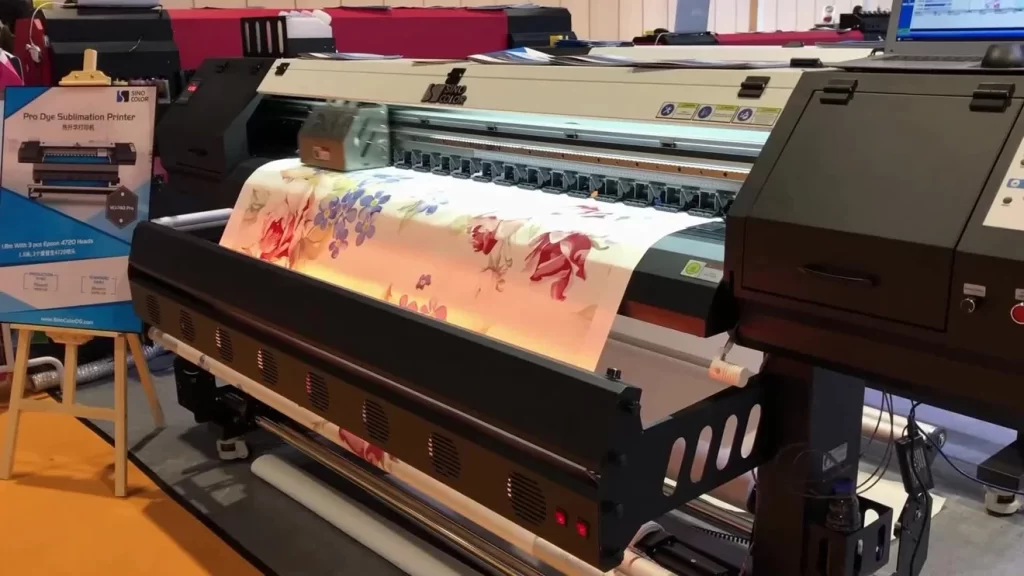
Pros of Sublimation Printing
Sublimination printing offers several benefits, including:
- Durable prints that are difficult to fade away or scratch with time
- No color limitation to print onto different fabrics
- No need to set a minimum print run
- Simple operation with quick production
- Water-based inks are used, making it an eco-friendly option
- Applicable for a wide variety of printing materials, including fabrics, ceramics, plastics, and metals.
- No initial setup investment is required, making it cost-effective choice for brands and online sellers.
Cons of Sublimation Printing
There are some limitations with sublimation printing, including:
- Only suitable for garments with 100% cotton
- Sublimated items must be in light-colored or white
- When prints are exposed to UV rays, they may be distorted
Application of Sublimation Printing Machine
Sublimation printer offers a wide range of applications across various industries:
- For apparel and textiles, like custom shirts, jerseys, and activewear
- Promotional products, such as mugs, keychains, and mouse pads
- To customize accessories like bags, hats, and phone cases with logos, patterns, or even photos
- Home decor items such as pillows, blankets, and canvas prints
- To make signage, banners, and business cards
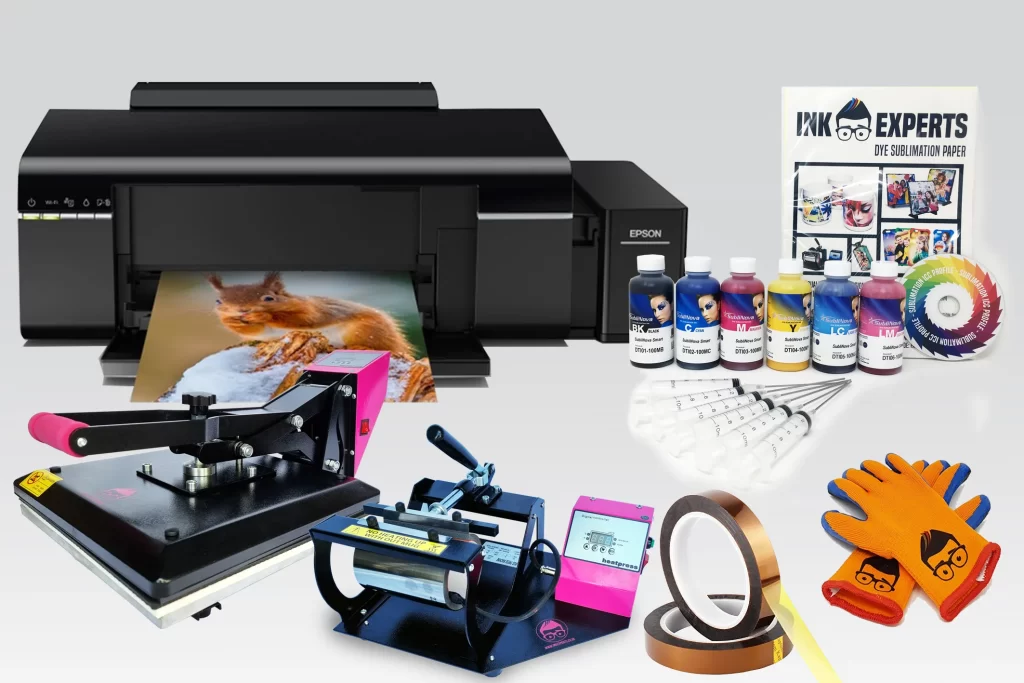
How to Choose a Sublimation Printing Machine?
If you’re looking for a sublimation printer, consider the following factors:
Budget
When looking for any equipment, our top priority is its price range. It depends on size, features, and brand. Determine your budget and prioritize essential features. This will help you narrow down your research and limit the devices available to your budget.
A low-cost sublimation printer that performs effectively may be just what you need. There are numerous sublimation machines on the market today, each with its own pricing and set of specifications. You need to choose one that is within your budget.
Features
A good sublimation machine can handle a wide variety of printing jobs because of its diverse features. It will make it easy to take on as many printing projects as your machine can handle. A consistent and adjustable printer ensures even transfer, ideal for beginners or high-volume production.
Reliability
A reliable printer should be ready to use whenever you need to do a printing job. You can assess the reliability of a machine by knowing its durability, how it takes time to turn on and off, and the care and maintenance the printer requires. You need to do your homework before going to buy any gadget.
Easy-to-Use Interface
Look for a sublimation printing machine that has an intuitive interface and is easy to use. You do not need to spend a lot of time learning how to use the printer before you start printing.
Reading past buyers’ reviews is one approach to learning how easy the machine is to use. These candid reviews will assist you in determining the device’s use and whether it is the best fit for you.
You can also visit the manufacturer’s website to see how the sublimation printer works. You should be aware of this before purchasing the gadget. It would be really inconvenient to discover if the machine is difficult to use after purchasing it.
Customer Services
Reliable customer support is the only wish one can do after buying a tech gadget. Some customer support for Sublimation printers includes a valid warranty, a user manual, and information about each part of the machine. All you have to do is make sure your device has all these supporting services.
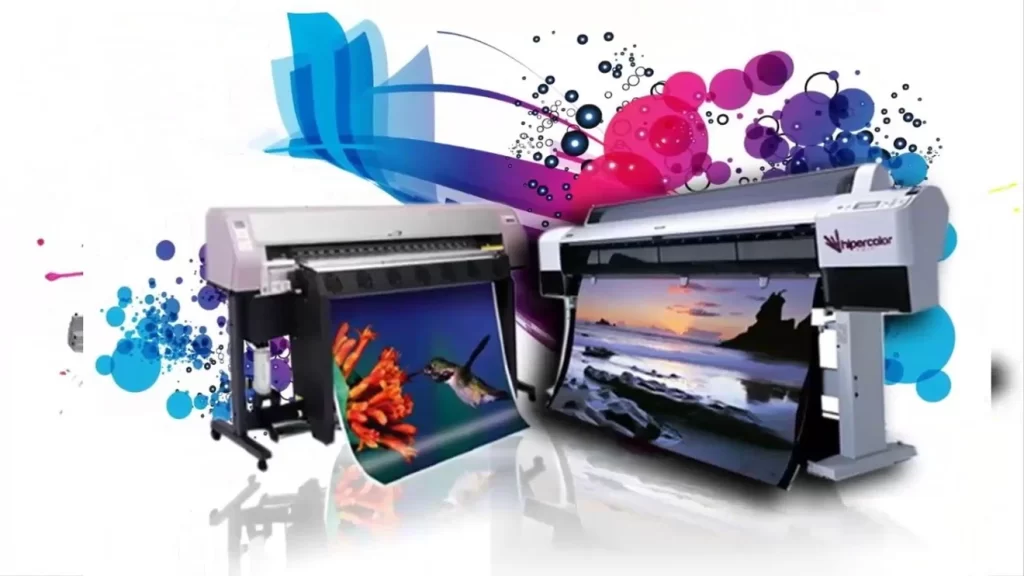
Tips to Maintain Sublimation Printing Machine
Keeping your sublimation printing machine in top condition is essential for maintaining its performance and longevity. Here are some tips to help you care for your sublimation printing machine:
- Keep your sublimation printer in good condition by cleaning it to avoid dust, dirt, and debris buildup. Use a soft lint-free material and a mild cleaning solution when wiping down the exterior and interior parts of your printer.
- Use genuine sublimation inks, specialized sublimation paper, and other consumables that the printer manufacturer recommends. Investing in low-quality or incompatible supplies damages your printer performance and impairs the print quality.
- Print a page with a sublimation printer, once a week. It keeps the ink flowing through the nozzles and there are fewer chances for ink dryness and clogging. If you forget, your print heads may get clogged and require cleaning.
- Keep sublimation inks, transfer paper, and other supplies in a cool and dry place, away from sunlight and extreme temperatures. Correct storage will prevent ink degradation and print results will be consistent.
- After each print, carry out test prints to see if there are any problems with print quality, such as banding, color differences, or clogged print heads. Solve any issues immediately so that there won’t be a more serious problem later on.
- Ensure the printing environment retains ideal sublimation printing conditions such as constant temperature and humidity. Temperature and humidity changes influence print quality and performance.
- Schedule regular servicing and maintenance checks by a qualified technician to ensure your sublimation printing machine is operating efficiently and to address any potential issues before they escalate.
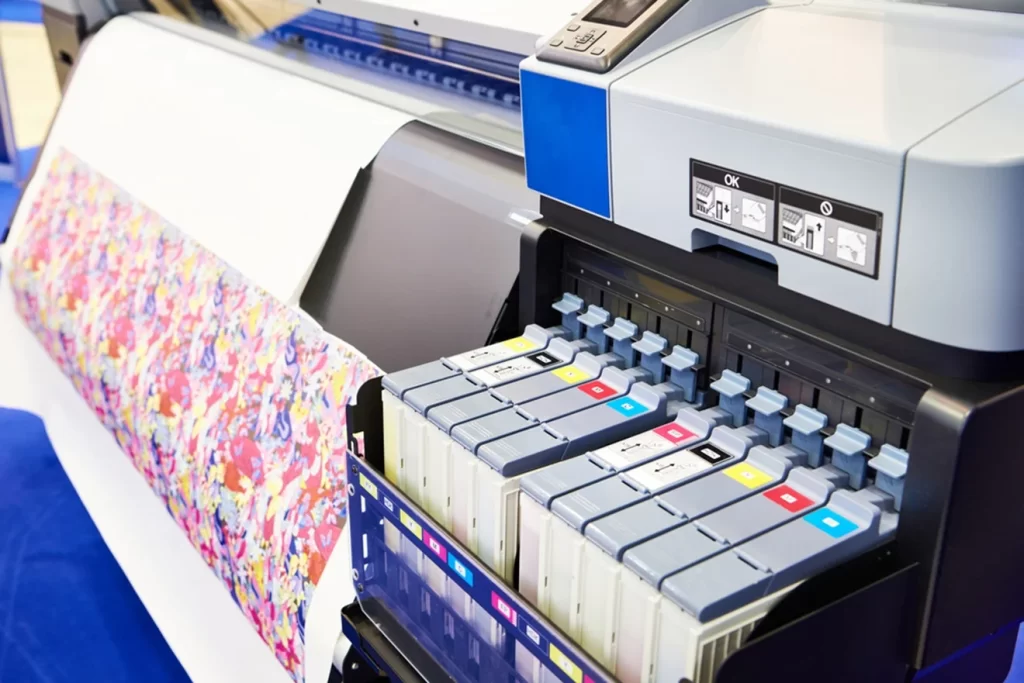
Can I Use Sublimation Inks with DTF Printer?
DTF printing with sublimation inks is not recommended, as they are designed for different printing processes. A sublimation printer works by sublimating the special inks onto a material like polyester, while the DTF printer transfers the designs from the film to the substrates using the specific DTF inks and methods.
Attempting to use sublimation inks in a DTF printer may result in poor print quality, bad adhesion, and possibly damage to the printer, so it’s important to use the correct inks and materials for each printing method.
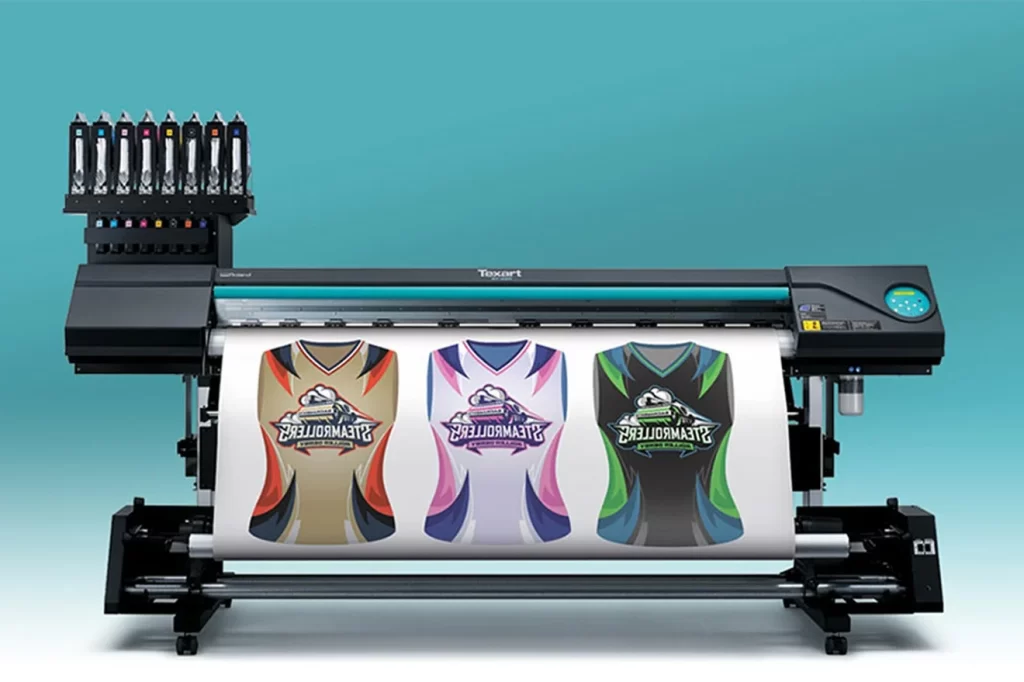
5 Things You Need to Know About Sublimation Printers
1. How It Works: Sublimation turns solid dye into gas, bonding it to polyester-coated materials. This process delivers long-lasting prints that won’t crack or fade.
2. Perfect for Fabric Printing: Ideal for polyester fabrics, this method is a go-to for custom apparel and promotional items. It’s not suited for cotton unless specially treated.
3. Vibrant, High-Resolution Prints: Get bold, bright colors with sharp detail that other printing methods can’t match. Perfect for everything from photos to signage.
4. Heat Transfer is Key: A heat press transfers the design from special paper to the product. This ensures deep, durable colors that stand the test of time.
5. Needs Specific Materials: Sublimation printing works best on polyester or polymer-coated products. For ceramics or metals, make sure they have a polymer coating to hold the ink.
Conclusion
Sublimation printing machines invite us to express our imagination. Having a machine and materials in hand, you will be able to print any items, say, t-shirts, coffee mugs, towels tablecloths, etc., with bright and durable patterns.
Personalized gifts and custom apparel to unique homeware and promotional products are just some of the applications of this technology. If being a fashion designer is something that you see yourself as fun, sublimation printers could be the right choice for you!
So, do your research, pick the machine carefully and you’re ready to release your creativity!
